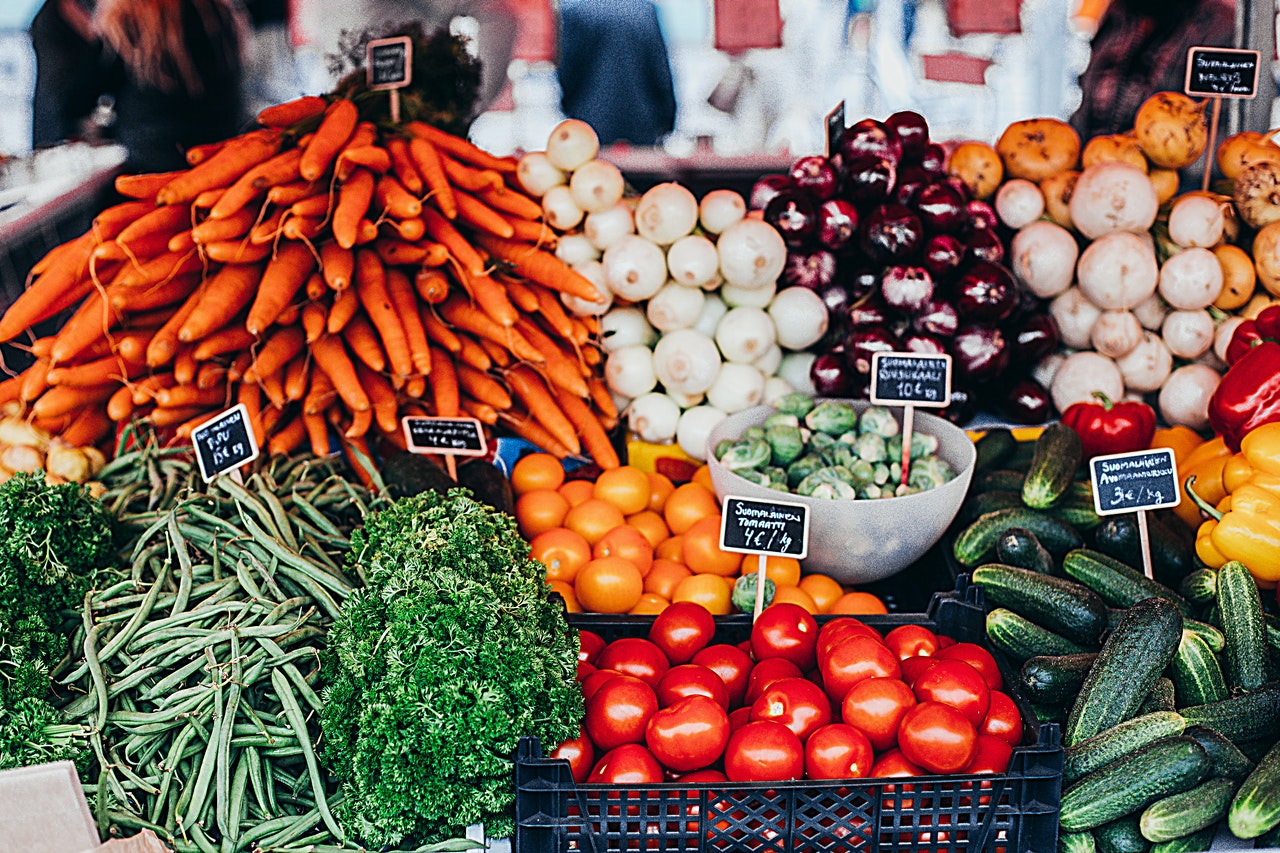An increase in food prices in June, caused in large part by more expensive vegetables, contributed most as Malta’s retail prices continued their rise, according to a report by the National Statistics Office (NSO).
According to the Retail Price Index (RPI), which measures retail prices in as a gauge for inflation levels in the country, the rate of inflation in Malta hit 1.47 per cent in June, up from 1.27 per cent in May.
This data places the 12-month moving average rate for June at 0.55 per cent.
In the food sector prices increased by 2.24 per cent, compared to the same time a year before, and 0.07 per cent compared to the month before.
This was followed by the recreation and culture sectors, where year-on-year prices increased by 4.48 per cent and month-on-month costs increased by 0.18 per cent, followed by the personal care and health sectors, where prices increased by 0.17 per cent.
According to the NSO, these increases came mainly due to higher private school fees and higher prices of hairdressing services respectively.
On the other end of the scale, prices in the transport and communication sector dropped by 0.1 per cent in June, compared to the same month in 2020. Water, electricity, gas and fuels costs remained largely stable, falling by only 0.02 per cent.
Turkey on top but ribeye gains ground: Butchers explain what’s on Malta’s festive tables
BusinessNow.mt speaks to four local butchers to see what the Maltese are cooking up in their homes
Gozo’s business confidence reaches new highs, survey finds
The latest GBS survey shows stronger activity, rising investment plans and resilient hiring
Malta forecast to enter world’s 15 richest countries per capita
Malta is projected to overtake the UK, Germany, Austria, Canada and Sweden in terms of GDP per capita






